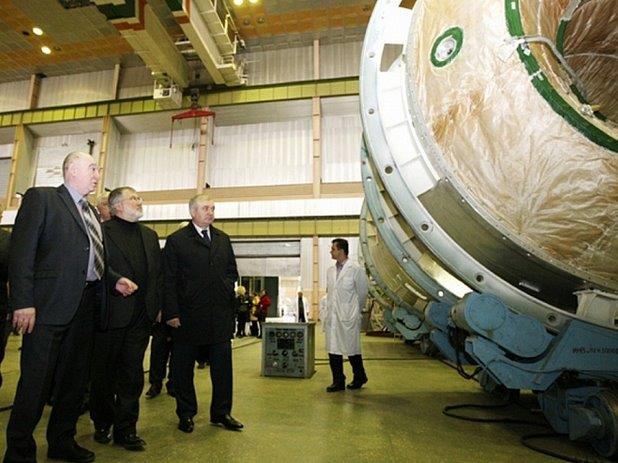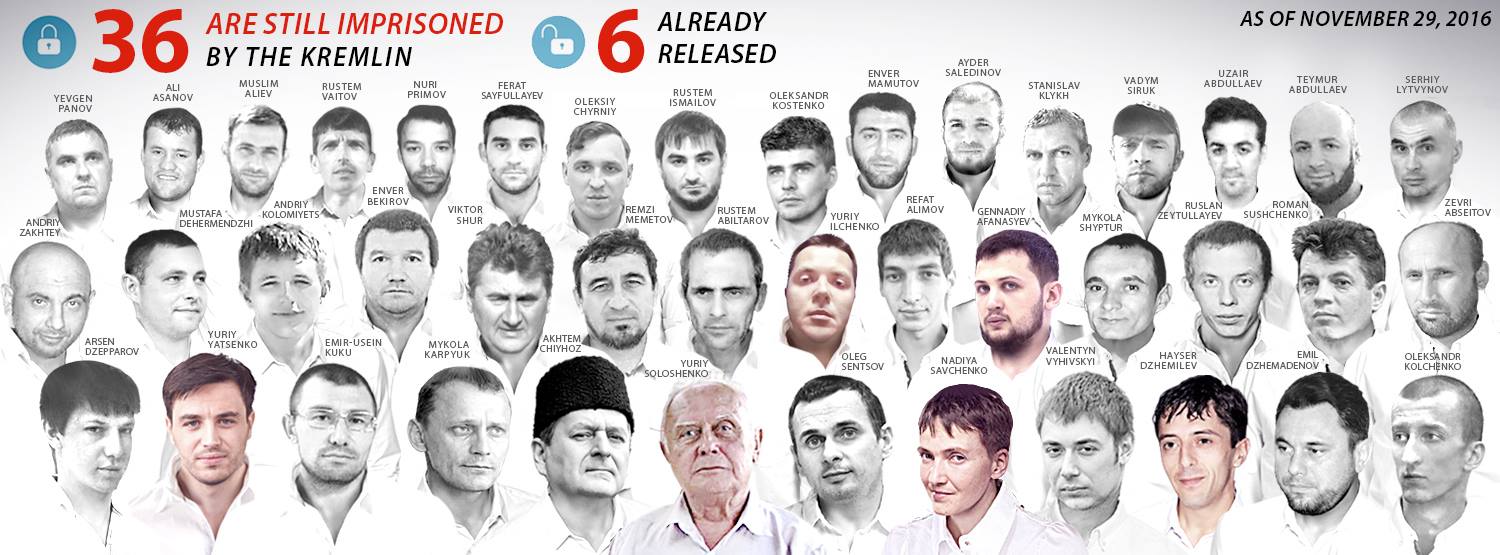In light of recent events in Kharkiv, Agata Pyzik of the Guardian took the task of explaining why Soviet monuments should not be toppled, but protected.
So, what’s the problem with this argument?
The first point addressed by Puzik is acknowledging that Soviet statues and memorials do act as “a powerful reminder of Soviet rule” and that “memories of Soviet aggression are just as raw today as they were when the USSR fell.”
Having said this, this fact is merely paying lip service (which reminds of a scene from Curb Your Enthusiasm) as she proceeds to pile on the topic of ‘sacrifice’ to justify the statues’ salvation:
“Red Army monuments are a reminder of the astounding Soviet sacrifice during the war […] The Soviet army played a major role in saving this part of Europe from the realisation of Hitler’s master plan in the east, which proposed the colonisation, enslavement and eventual extermination of the Slavic population.”
Certainly, many Ukrainians appreciate the sacrifices Soviet soldiers made in their efforts during the Second World War, especially in eastern cities like Kharkiv. Remember, Soviet soldiers were, in the words of Yale historian Timothy Snyder, “disproportionately Ukrainian.” The unit which liberated Aushwitz? The 1st Ukrainian Front. “The vast majority of Ukrainians who fought in the war did so in the uniform of the Red Army. More Ukrainians were killed fighting the Wehrmacht than American, British, and French soldiers — combined.” It’s for these reasons that actions are taken against Soviet symbols, but not necessarily symbols of native soldiers.
In a wider context, Soviet military memorials can be seen as either monuments to liberation or occupation, life and death. While Soviet soldiers did play a major role in stopping Hitler, their historical actions before, during, and after this moment in time are not without criticism, nor should they be.
While Hitler’s role in the 40’s was absolutely devastating (approximately 3 million non-Jewish Ukrainians were killed in the Holocaust under Hitler’s extermination plans, and over 2.3 million were deported for slave labor), Ukrainians will neither forget Stalin’s plans also realized colonization (see: Russification), enslavement (see: collectivization and dekulakization), and the extermination of the Ukrainian population. It also included the extermination of half of the Crimean Tatar population.
And not to let the man of the moment, Vladimir Lenin, off the hook. It was he who said of the Crimean Tatars: “We will take them, divide them, subjugate them, digest them.” Should Tatars need to be reminded of this in their society?
But certainly the author is focusing on the military effort, and not excusing leaders like Stalin, right?
“…two cities even feature quotations from Stalin, which remain in place without harassment. The degree of the Soviet sacrifice seems to be appreciated there.”
Moving on..
“Russia’s role in the second world war is seen largely through the initial collaboration with Hitler. But it is the Soviet Union’s later actions and subsequent role in the defeat of the Nazis in Europe that should be dominant.”
The issue here is telling victims how they should remember their oppression and experience. For Ukrainians, Poles, or any other nation subjugated as a result of Moscow’s collaboration with Hitler, they and they alone get to decide how to remember their experience, and decide whether the narrative of ‘liberation’ agrees with their national discourse. As with monuments to this period, it is the people who live in these places that should decide whether they reflect the appreciation of the culture, and not those who made and imported them.
“Desecrating a statue of a Red Army soldier is different to toppling a Lenin memorial or painting the Ukrainian flag on the spire of one of Moscow’s Stalin towers. The latter can and should be separated from the events of 70 years ago. The people who died in Stalingrad shouldn’t get mixed up with people sending arms to Donetsk separatists. To see it otherwise is to fall into the irresponsible, habitual comparisons of Putin with Stalin and Hitler, conflating things from very different historical orders.”
This statement by Pyzik is particularly confusing as the latter (toppling a Lenin or painting a tower) are separated from WW2 events, and the ‘people of Stalingrad’ are hardly evoked when a Lenin statue hits the pavement.
Why? Well, this should be obvious: Lenin died 15 years prior to the Soviet invasion of Poland and the start of the war. He is not and cannot be related to the events of 70 years ago.
So why does the author think Ukrainians topple statues to Lenin?
“Somehow hatred for former Ukrainian president Viktor Yanukovych became confused with hatred of Lenin, which is strange because Yanukovych’s ally Vladimir Putin has criticised the Soviet leader for including Odesa, Donbas and Kharkiv (so-called Novorossiya) in the Ukrainian borders drawn in early 1920s.”
Putin argued, if anything, that Lenin was too generous on Ukraine when the Red Army annexed it and reasserted it under Moscow’s rule. This criticism started and stopped with a revisionist version of history and the demarcation of Soviet borders. Putin did not criticize anything tangible about Lenin, his rule, or the consequences of it.
“The destruction of Yanukovych’s Disneyland-like villa outside Kiev at least aimed at the right target, the unequal economy. The Lenin statues have been a poor substitute for understandable anger.”
Yanukovych’s mansion, Mezhyhirya, was not destroyed – in fact, it was turned into a museum. That being said, if ‘destruction’ of the president’s monument of corruption would be justifiable, would not the same call be made for the destruction of monuments to authoritarianism? After all, Pyzik did admit to start that these statues continue to evoke memorialize Soviet aggression and rule.
Pyzik concludes by stating Ukrainians are “conflating the past and present” and “run the risk of re-enacting old battles.” But this is made all the more confusing, given that in a previous article she argued for “a new look at the east, which acknowledges the existence and importance of the Soviet past,” a notion which she called “absolutely necessary.”
So maybe the overall theme here is that Soviet history is worth remembering, so long as it’s not critical, and isolated to victory in a vacuum. The reality is that only the people can decide what monuments are erected and stand in their cities, as they are the ones who have to live with them and be reminded of what they represent. Opinions are varied and often divergent, and it is for this reason that monuments should be unifying and representative of figures or concepts that all of society can rally behind. In the case of Soviet monument to tyrants in Ukraine, that simply isn’t the case, and for many, history is still being written.


Day long abuse from usually extremely primitive "Lenin is Hitler"-level anti-Soviet pro-nationalist haters – I guess I did a good job.
— agata pyzik (@AgataPyzik) September 29, 2014








